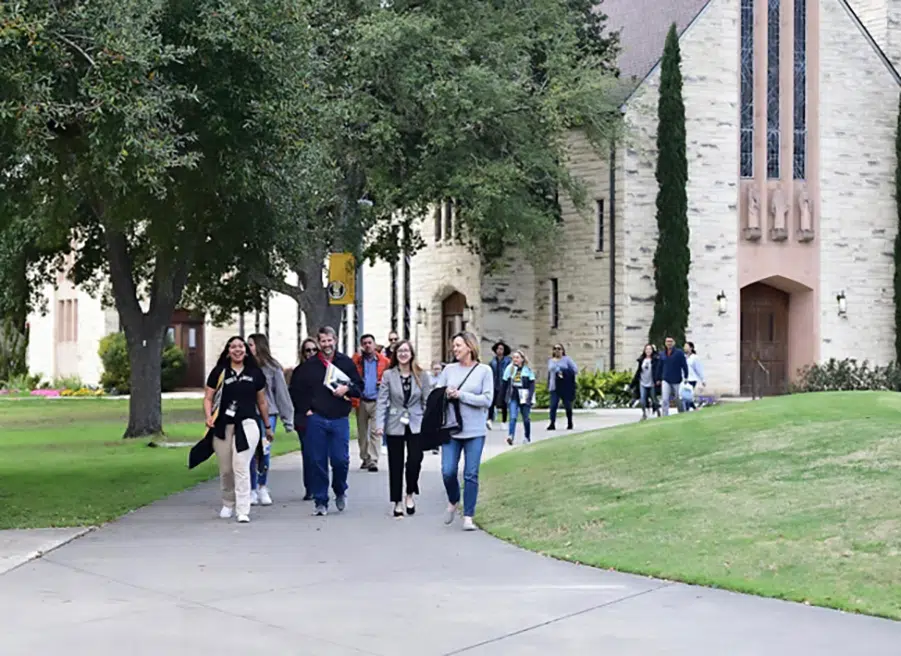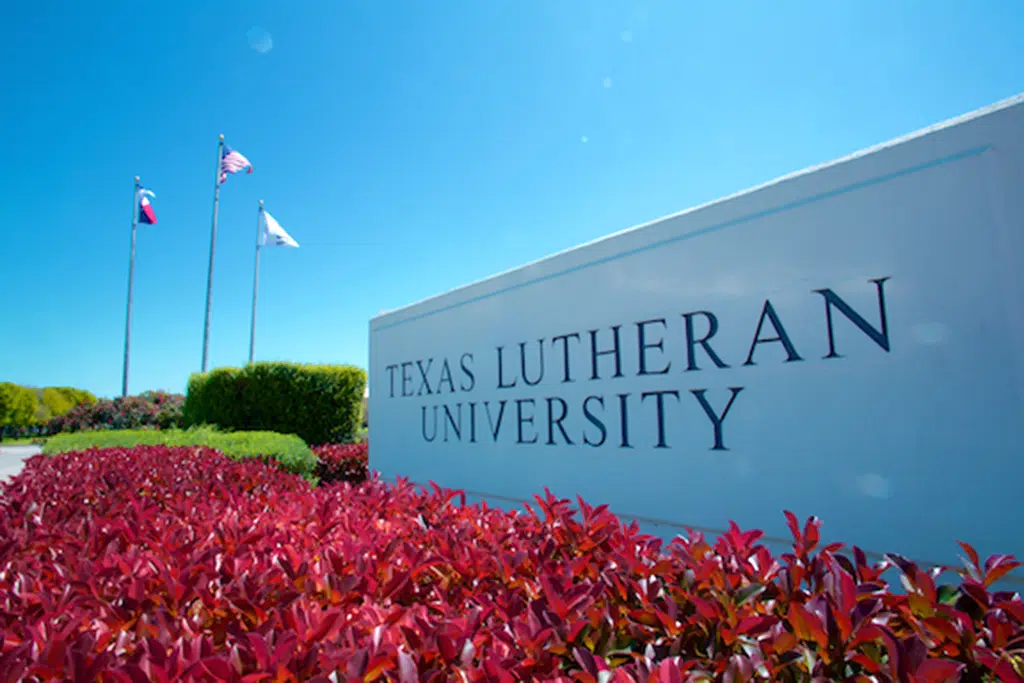
(Seguin) — Texas Lutheran University (TLU) has once again made the U.S. News & World Report’s “Best Colleges” selections among regional colleges in the West, ranking second on the list for “Best Value,” and fourth overall. This is the sixth consecutive year TLU has been featured on the “Best Value” rankings. Other notable recognitions include TLU’s spot as No. 5 for Top Performers in Social Mobility-the second year TLU has received this honor.
“I’m very pleased that the strengths of TLU are being recognized again,” said TLU President Dr. Debbie Cottrell. “In particular, being acknowledged in the categories of ‘Best Value’ and ‘Social Mobility’ connects to our mission of being an accessible institution that identifies with and works to serve our region through our commitment to academic excellence, servant leadership, and career development.”

Rankings are based on data collected from several categories, including academic reputation, admissions selectivity, faculty resources, retention, graduation rates and alumni support. U.S. News & World Report then ranks colleges and universities based upon region and classification. Regional schools focus almost entirely on the undergraduate experience and offer a broad range of programs in the liberal arts and in fields such as business, nursing, and education.
TLU earns the No. 2 spot in the West for “Best Value” based on its high overall ranking combined with modest net cost of attendance for a student who receives the average level of need-based financial aid. According to U.S. News & World Report, these are schools that are above average academically and cost considerably less than many other schools when the financial aid that they dispense, in the form of need-based grants and scholarships, is considered. Only schools ranked in or near the top half of their categories are included, because the publication considers the most significant values to be among colleges that are above average academically.
Social mobility measures how well schools graduated students who received federal Pell Grants (those typically coming from households whose family incomes are less than $50,000 annually, though most Pell Grant money goes to students with a total family income below $20,000).




